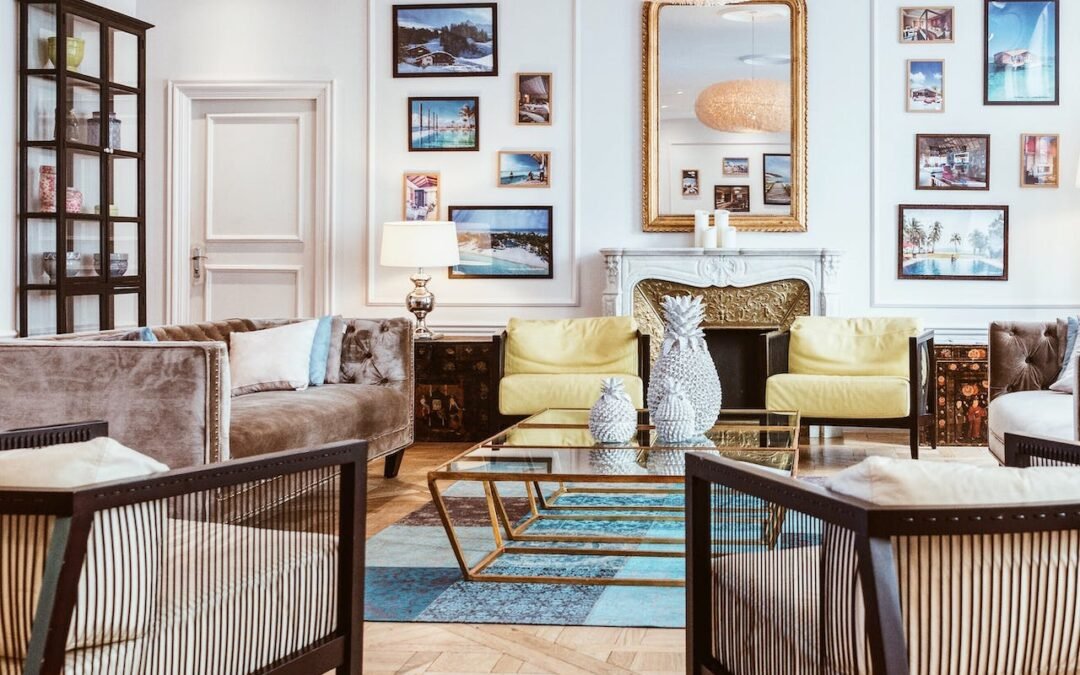When designing a space, there are seven significant elements that you need to think about. These are space, line, form, light, texture, color, and pattern. Here, we are going to explore these seven elements and how they can affect the look and feel of a certain space.
It’s true that most of us are aiming to live, not just exist. Research reveals that the amount of time that people spend at home has increased significantly in the previous year, which can be attributed to the work routines caused by the pandemic.
As a result, people are paying more attention to the homes and spaces they choose to live in. Interior designers understand the significance of providing you with a home to make you feel alive and energized, rather than just existing.
There are various aspects to consider when designing a home, and we are going to explore all the details here. The goal here is to create something personal and unique about the space as well as the people living in it.
Space
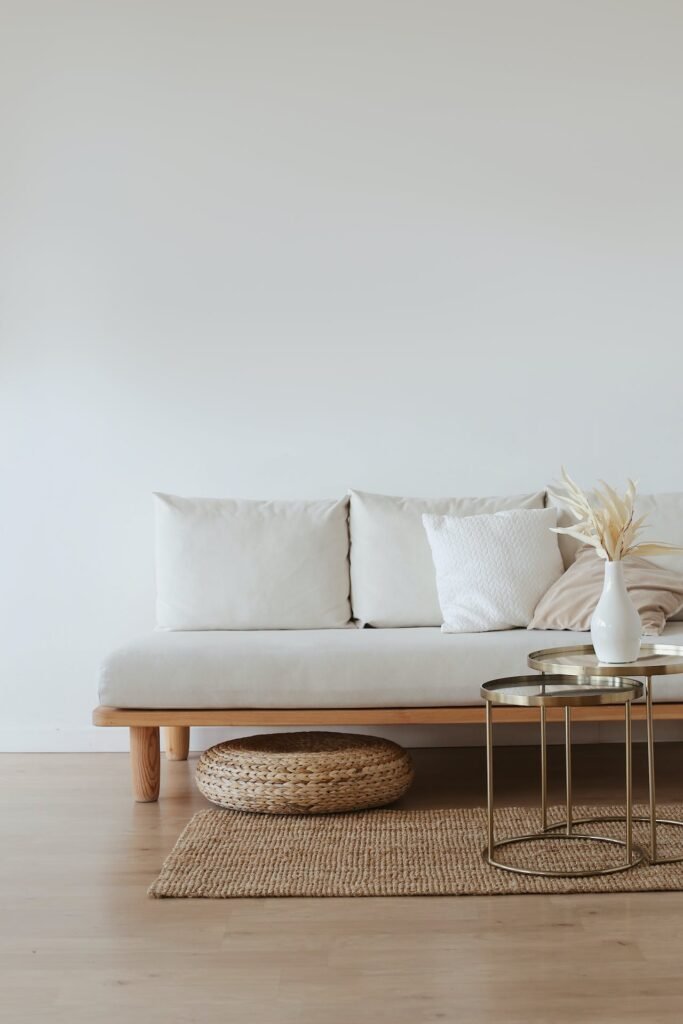
As mentioned, having an understanding of the space is crucial to creating a unique interior. The shape and size of the room can greatly determine the restrictions on what you can do in that space.
Although sometimes it is also possible to adapt to it, it is important to consider that you don’t have to fill in all the space; however, it is significant that you maximize the available space when selecting a furniture layout.
One of the obvious examples is choosing an L-shaped sofa in a corner. When drawing designs and designing spaces, be sure to view them from a three-dimensional perspective, taking note of the length, width, and height. This gives you the chance to explore the various ways of using space.
Line
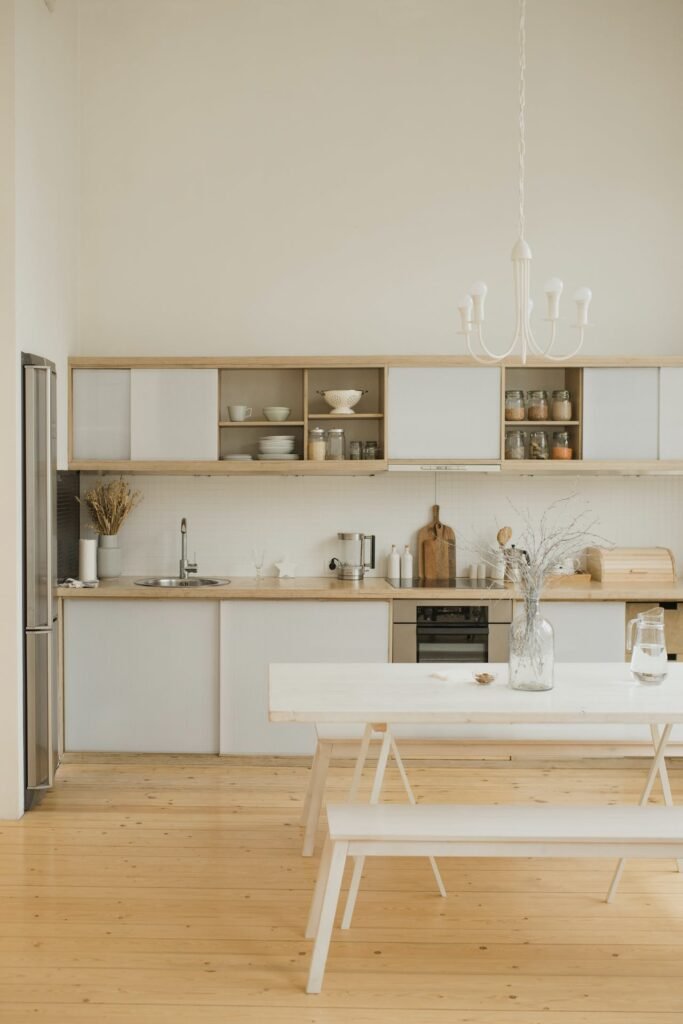
When you enter a room, your eyes will follow the lines that appear in that space. These natural lines might come from the furniture, walls, design, and other features. Vertical lines from wardrobes or door frames can add more height to the room.
On the other hand, horizontal lines on the bed or table can direct the eyes to a focal point. Just like the other elements, it is important that there be a balance between the different lines to create the perfect feeling in a room. Zig-zag lines, for instance, from the stairs, catch our attention longer, which is why they should only be used occasionally.
Form
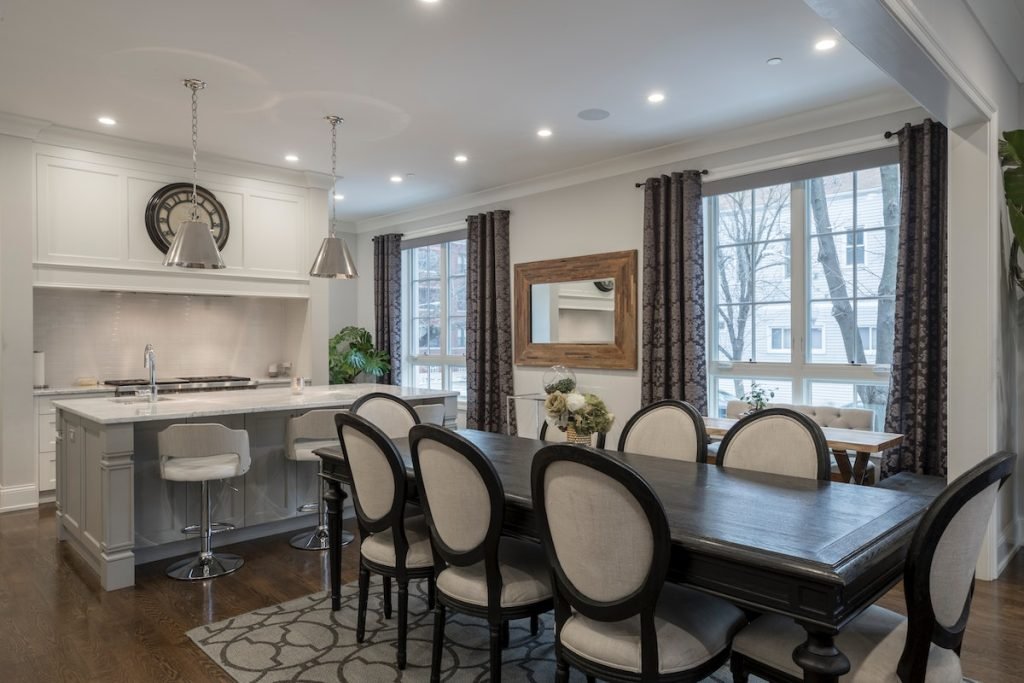
Generally, form in interior design refers to the shape of objects or features in a particular space. Usually, they are divided into two sub-categories: geometric forms and natural forms. An example of geometric forms is the clear line definition of a lampshade.
While natural form refers to the use of natural materials such as plants, using form effectively can provide character and personality to the space. When designing a room, it is essential to obtain the perfect balance of natural and geometric forms. As much as possible, you should avoid overusing forms since it can make the space look and feel overwhelming and confusing.
Light
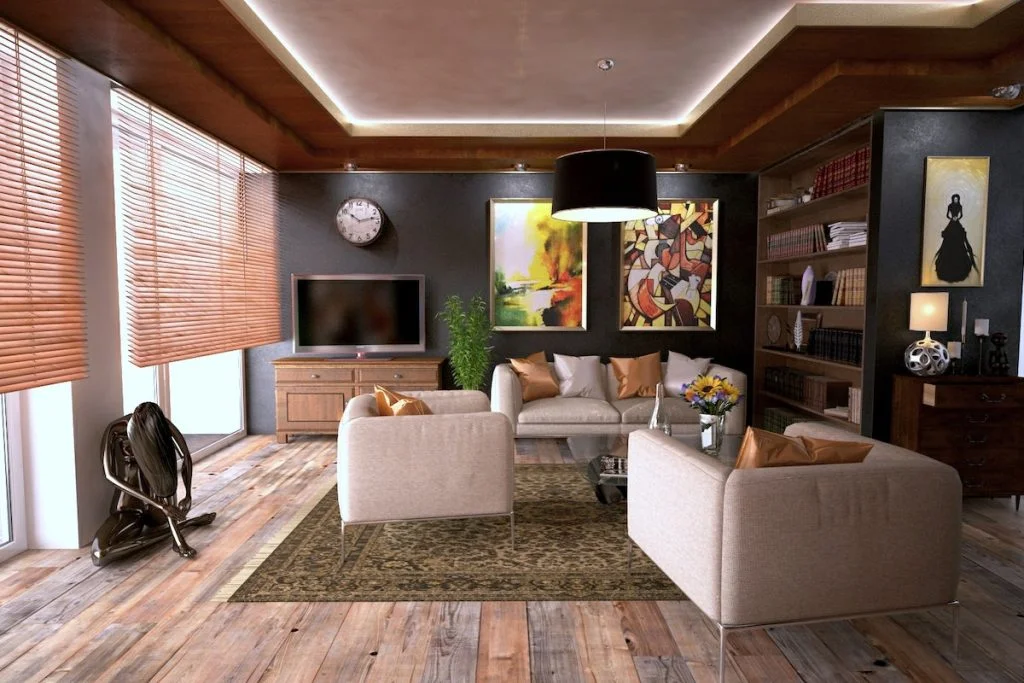
Another vital element of interior design is light. It is something that is inseparable from the other elements. One of the most important aspects to consider is the natural light. The direction in which the room or building faces can significantly impact this element since this will determine which parts of it will receive sunlight during the day.
This is essential since the quality of natural light will differ throughout the day. During the morning, the light is blue and cool; at noon, the light is clearer; and finally, during the afternoon or evening, the light will become warmer and redder.
Interior designers know the significance of natural light in a space and how it can help in making well-informed decisions when it comes to other aspects, including color schemes.
Another important thing to consider when designing a room is artificial light. Other sources of light, such as table lamps, wall lights, or ceiling lights, are not only meant for aesthetic purposes but they can also be used for lighting a particular area or bouncing light within the room.
Texture
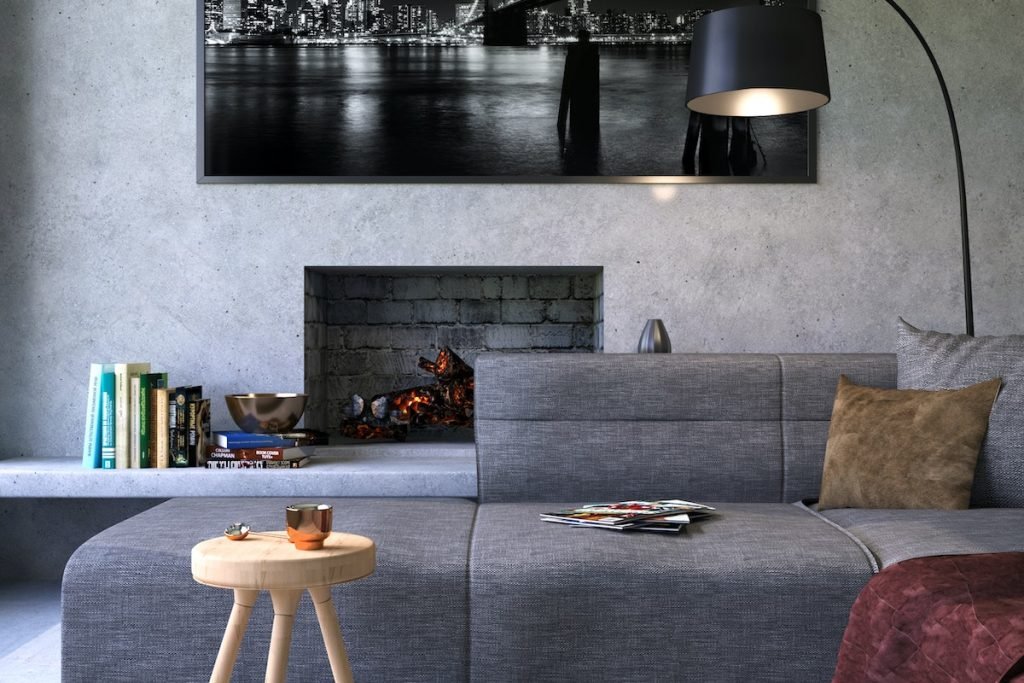
In interior design, texture refers to the finish on furniture or the surface of an object. Most often, this important element is overlooked. The combination of light, texture, and color can provide the space with a unique visual interest.
Hence, it is greatly recommended that texture be considered when designing a room. Sheer fabrics, shutters, and slatted blinds are considered light-filtering textures, which can help spread the light throughout space, creating a great delicacy in the colors.
On the other hand, wool, tweeds, linens, and matte paints are known as light-absorbing textures, which can help absorb light, creating a great impact on the colors. When featuring styling items or smaller objects, you can make use of bold textures.
Color
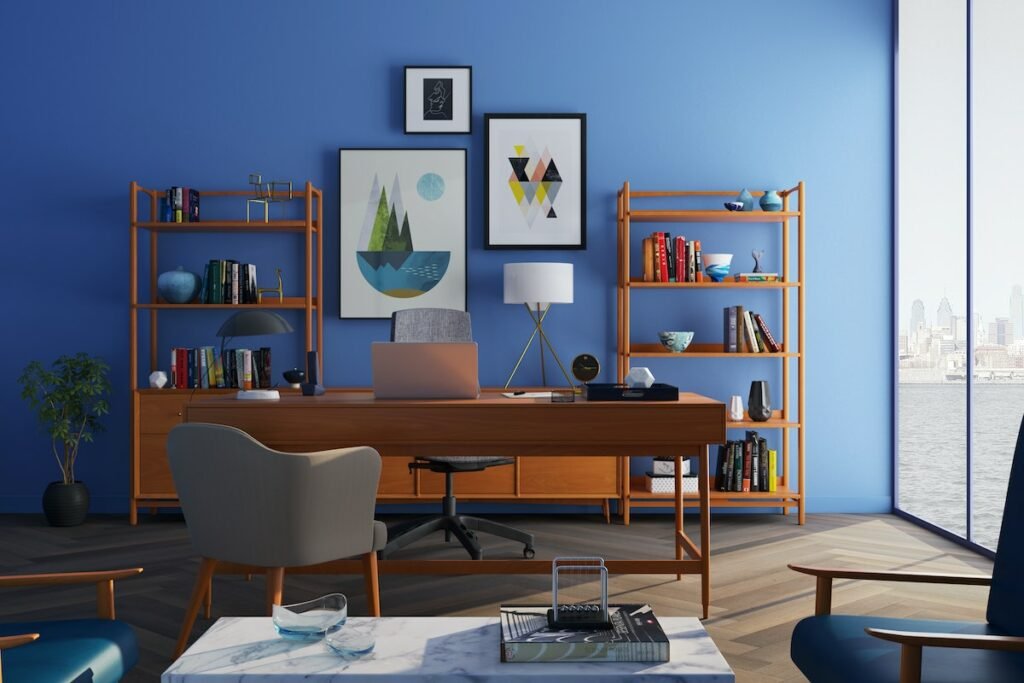
One of the most important elements that can affect the mood in a room is color. The primary and secondary colors are the most widely used. However, as interior designers, it is crucial that you also use subtle colors and tones.
Oftentimes, colors have various uses within a room. When the lightest tones are used on the ceiling, it signifies the sky overhead, while the mid-tones applied on the walls signify a distant horizon. Finally, the darkest tones are perfect on the floor since they signify the pull of gravity.
Colors can also help in drawing attention away from any architectural imperfections. It can cover up sloping ceilings, odd angles, huge beams, or girders, as well as any unpleasant objects such as radiators. All you must do is paint them the same color as the walls. The significance of color is something that you should not ignore.
Pattern
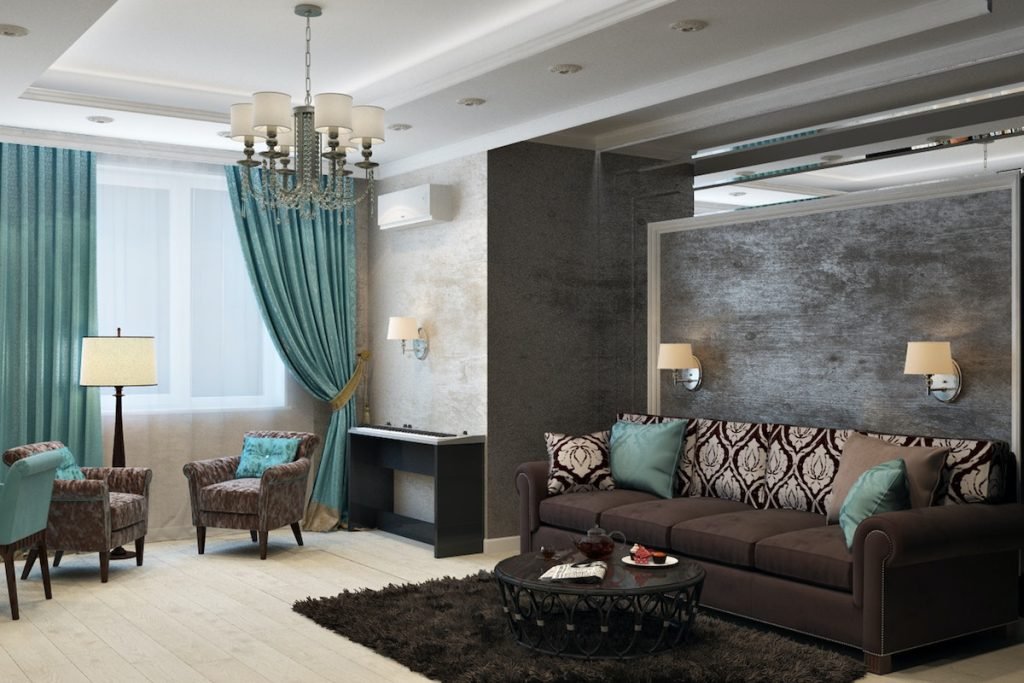
Patterns are something that we can find everywhere. When using patterned fabrics, it is essential that they do not overwhelm the other vital elements in space. Keep in mind that patterns can easily grab attention and become the dominant object in a room. Having said that, when designing a larger room, using patterns can be a useful connection between plain blocks of color, creating a flow within the room.
Patterns can be very efficient when used on details, for instance, in cushions or for covering large areas with rugs or wallpaper. Also, you should consider how these patterns can be viewed based on their perspective and context. For instance, some patterns can work successfully when used vertically on walls and might not work on floors when used horizontally.
Most often, it’s better to have patterns in one direction, for instance, when using arrow-based patterns. Using a geometric-patterned rug would be an ideal way of adding an element to a space without making it look too overwhelming.
Interior designers can help you in your journey with designing your home. They start by providing you with precise and professional advice for your interior design, whether it is residential or commercial. These interior designers will provide you with design concepts, space planning, materials, and product specifications, as well as coordinate with appropriate trades to make sure that the project will be a success from start to finish.
Keller Design Studio can provide you with more information when it comes to the different aspects of designing your own home. We can help you design your home using these seven important elements. Just get in touch with us by calling us at 817-881-9155 or sending us an email at tammy.dstudio@gmail.com.

